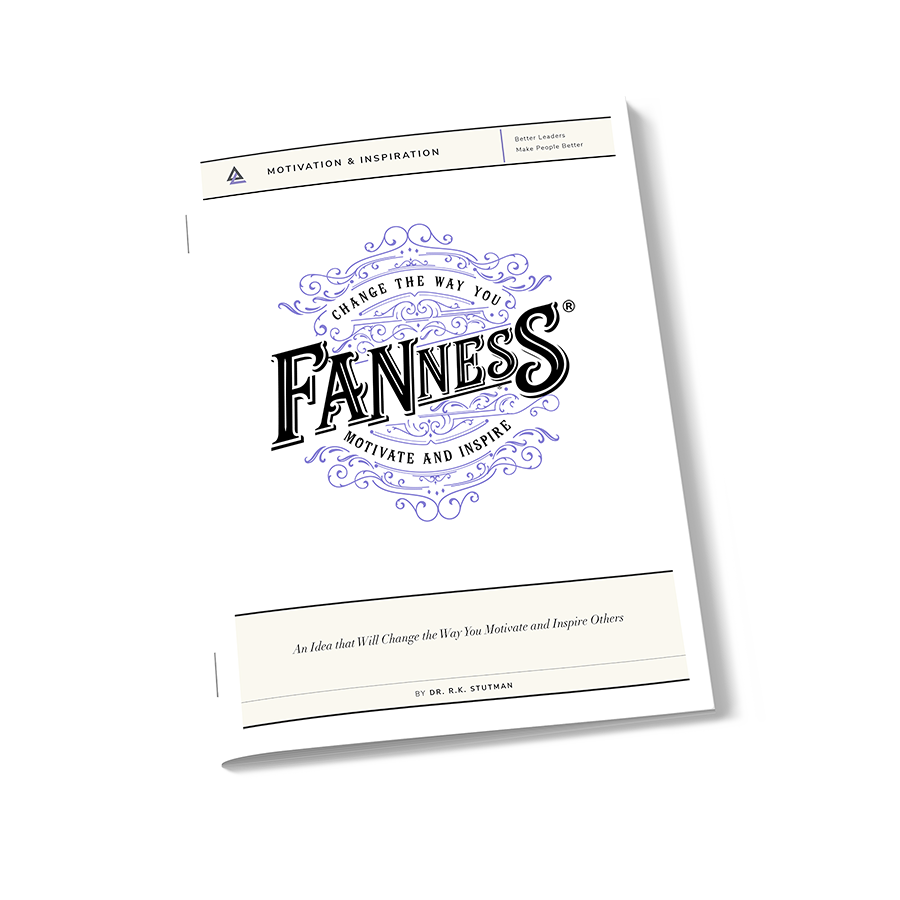Some team members struggle to perform.
For a host of possible reasons, their work or contribution is below what others expect of them.
When they are good people and likeable teammates, it can be painful to confront the reality that they may never be up to the task of meeting expectations.
The decision to prop up and support a weak team member is a dilemma all leaders wrestle with at some point. It’s a choice that often has major consequences for everyone involved.
If it’s warranted, supporting or propping up a weak performer is the right thing to do. Three criteria help to clarify the decision.
First, it is important that the underperformance stems from a skill gap or unclear expectations rather than a poor attitude.
Leaders can’t fix attitudes, nor should they try. If the team member has gone negative or is unwilling to take responsibility for their performance, then propping them up will only serve as a reward for bad behavior.
Second, the team member must show they are coachable, open to feedback, and have a strong desire to improve.
Working with a coachable team member is likely a good investment and will show the rest of the team that openness to feedback is essential for everyone. Targeted support can unlock potential for higher performance quickly when people want to grow and develop their skills.
Third, the role they play is not so critical that the team can’t endure their poor performance for a limited time.
Propping up the team member means other colleagues will have to do more work or provide short-term coverage for the weak member. This is a hardship that those affected should agree to.
Asking those impacted whether they are willing to shoulder the load while the underperforming team member gets on track is critical.
When a leader and team decide to prop up a weak team member, the team benefits from seeing that support is available for those who need and deserve it.
But the downside of this arrangement must also be guarded against. If the effort results in dependency or decreased accountability, investing in this team member will erode trust and create jealousy within the team.
Teams don’t appreciate loafers or those who take advantage of their support. If the support lasts too long, the odds that the team will come to resent the arrangement increase.
Best practice suggests the support must be highly structured and time-bound, with explicit milestones and deadlines for improvement. Assessments for skill development must be ongoing.
Support must be paired with some autonomy, so the team member owns their improvement. Leaders must involve the team or select members of the team.
Leaders who make this call without input from the team members who must carry the weight stand a good chance of creating bitterness and resentment.
If the underperforming colleague is worth special treatment, then the team must weigh in. If discussing the need to prop up the team member seems inappropriate or an intrusion of privacy, the best call is to move them out.
It’s not just the leader’s call. Teams are called teams for a reason.

